In modern material handling operations, efficiency, sustainability, and productivity are top priorities. As industries evolve, the choice of lifting equipment plays a pivotal role in meeting operational goals. A critical comparison today is between the carbon stacking crane—a relatively new, lightweight, and energy-efficient innovation—and traditional cranes, which have been the industry mainstay for decades. But which one is truly more efficient in material handling equipment applications? Let’s dive deep.
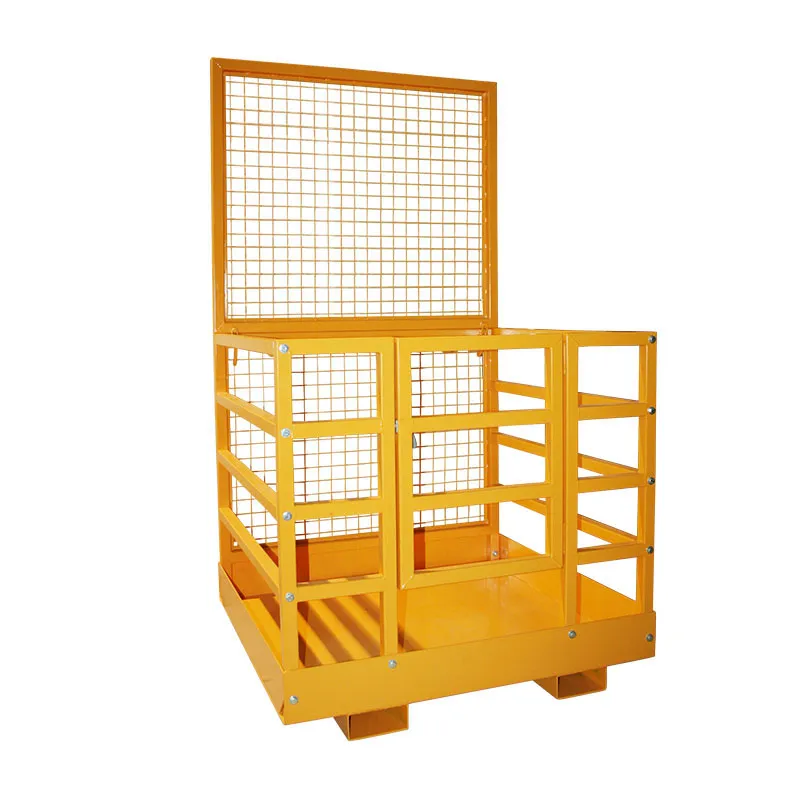
Table of Contents
ToggleUnderstanding the Role of Cranes in Material Handling
Cranes are integral to industrial material handling solutions, enabling the lifting, moving, and positioning of heavy loads across various sectors—construction, logistics, manufacturing, warehouses, and bulk material handling systems. Whether you’re installing glass panels with a specialized glass lifter or hoisting steel beams in large-scale projects, the right crane choice can make the difference between smooth operations and costly downtime.
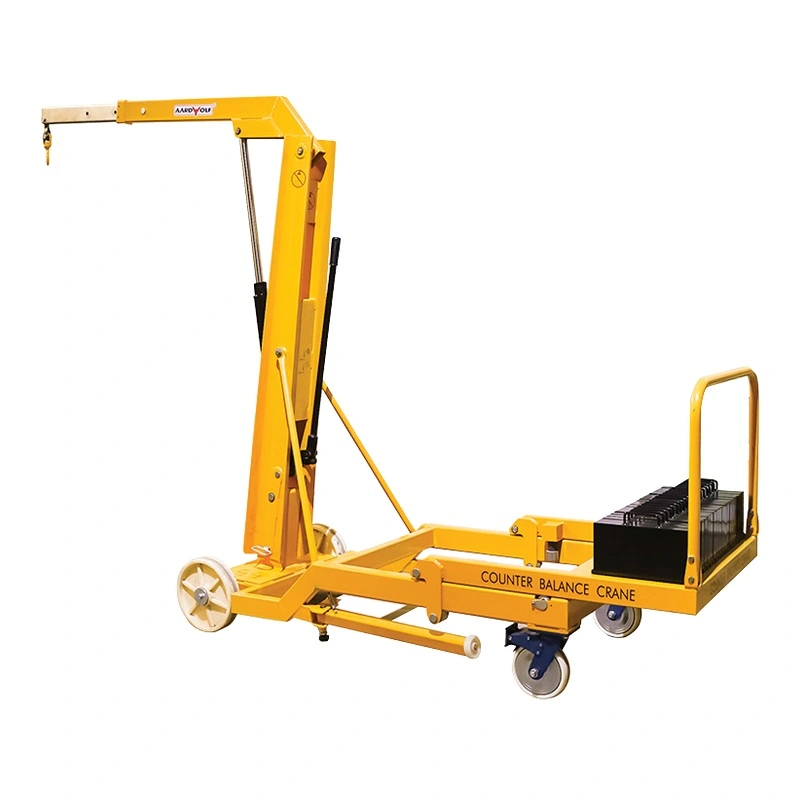
What Is a Carbon Stacking Crane?
A carbon stacking crane is a modern type of overhead material handling system constructed primarily with carbon fiber materials. These cranes are:
- Lightweight yet durable.
- Corrosion-resistant, ideal for environments with high humidity or chemical exposure.
- Designed for energy efficiency, requiring less power for operation.
- Engineered for precision movements, essential for delicate loads in pharmaceutical material handling systems, food industry processes, or high-tech manufacturing.
What Are Traditional Cranes?
Traditional cranes—such as gantry cranes, jib cranes, tower cranes, and bridge cranes—are typically made from steel or aluminum. They are widely used across sectors for heavy-duty material handling solutions and can handle large capacities. Their advantages include:
- High load-bearing capability for heavy industrial applications.
- Proven durability with decades of operational history.
- Compatibility with manual material handling tools, forklifts for material handling, and other equipment.
Efficiency Comparison: Carbon Stacking Crane vs. Traditional Cranes
1. Weight and Mobility
- Carbon stacking cranes: Lighter structure allows for quicker installation and easier relocation.
- Traditional cranes: Heavier and more robust but harder to move, often requiring fixed installations.
2. Energy Consumption
- Carbon stacking cranes: Lower operational energy use due to lightweight design.
- Traditional cranes: Higher energy requirements, especially for large-scale lifts.
3. Maintenance and Durability
- Carbon stacking cranes: Corrosion resistance reduces maintenance frequency.
- Traditional cranes: Proven long-term durability but may require more upkeep in harsh environments.
4. Load Capacity
- Carbon stacking cranes: Excellent for medium to heavy loads, with a focus on precision handling.
- Traditional cranes: Superior for extreme load weights in bulk material handling systems and construction material handling.
Applications Across Industries
- Warehouse Material Handling Equipment: Carbon stacking cranes excel in high-throughput facilities that value speed and sustainability.
- Material Handling for Manufacturing: Traditional cranes dominate heavy fabrication and assembly lines.
- Material Handling in Logistics: Carbon stacking cranes offer agility for cross-docking and rapid load turnover.
- Material Handling in Construction: Traditional cranes handle extreme heights and oversized materials.
Sustainability and Cost Considerations
With rising emphasis on eco-friendly operations, carbon stacking cranes are attracting attention for their lower carbon footprint. While initial investment costs may be higher, their energy savings, reduced maintenance, and longevity can result in lower total cost of ownership.
For smaller operations, low-cost material handling solutions for small businesses might still favor refurbished traditional cranes or used material handling equipment for sale.
Safety Considerations
Both crane types must adhere to material handling safety standards. Operators should be trained in:
- Load balancing.
- Loose clothing safety protocols.
- Proper attachment devices like slab lifters, vacuum lifters, and paver lifters.
How to Choose the Right Crane for Your Needs
When selecting between a carbon stacking crane and a traditional crane, consider:
- Material handling system design considerations.
- Load requirements.
- Industry-specific regulations.
- Operational space.
- Long-term efficiency vs. upfront cost.
You can learn more about what is material handling, types, equipment, functions, safety, and warehouse optimization here, as well as how material handling impacts the human labor force.
Final Verdict: Which Is More Efficient?
- Carbon stacking cranes: Best for industries prioritizing energy efficiency, precision, and sustainability.
- Traditional cranes: Best for extreme load capacity, rugged applications, and proven heavy-duty performance.
In short, there’s no universal answer—your decision should be based on your operational needs, budget, and sustainability goals. For a deeper breakdown, check out this detailed guide on carbon stacking crane vs. traditional cranes: which is more efficient in material handling?

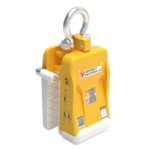
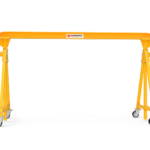
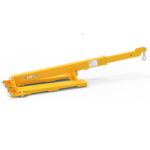
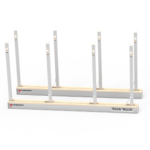
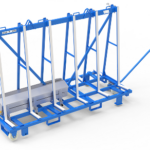

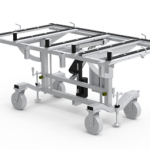
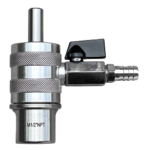
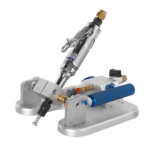
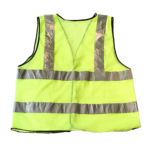

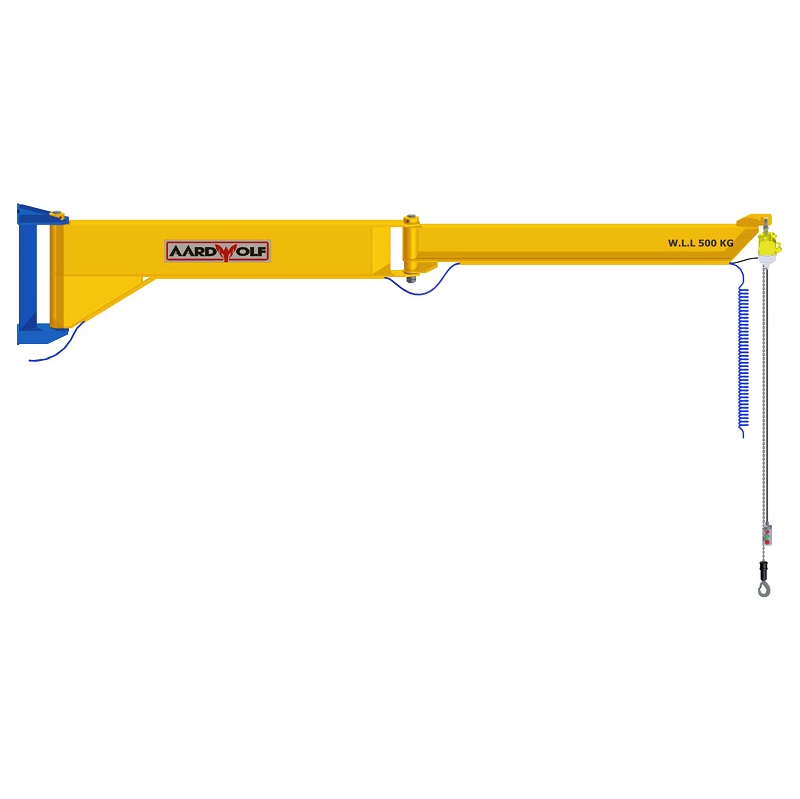
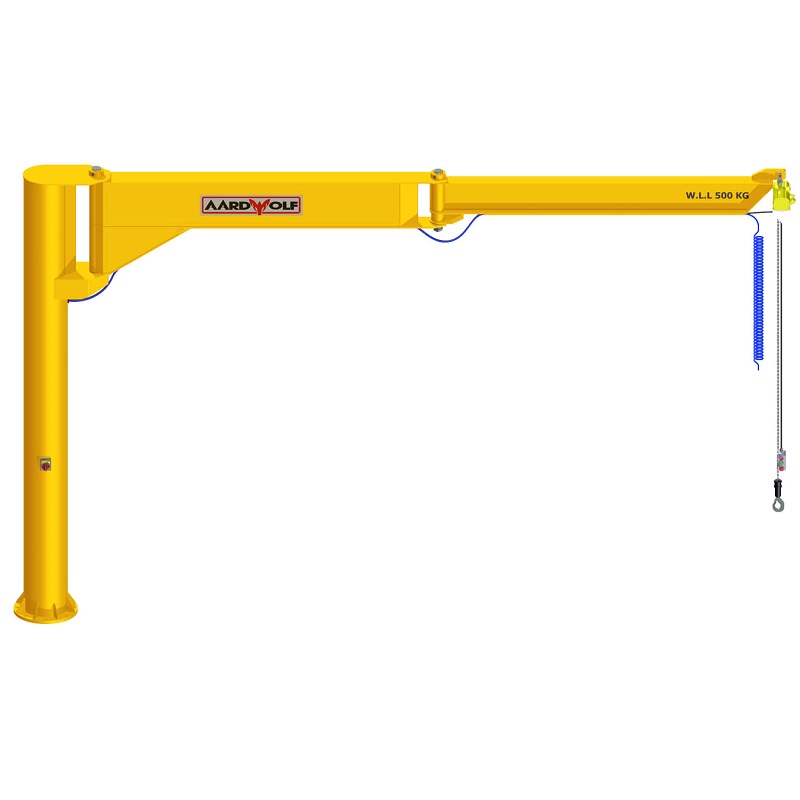
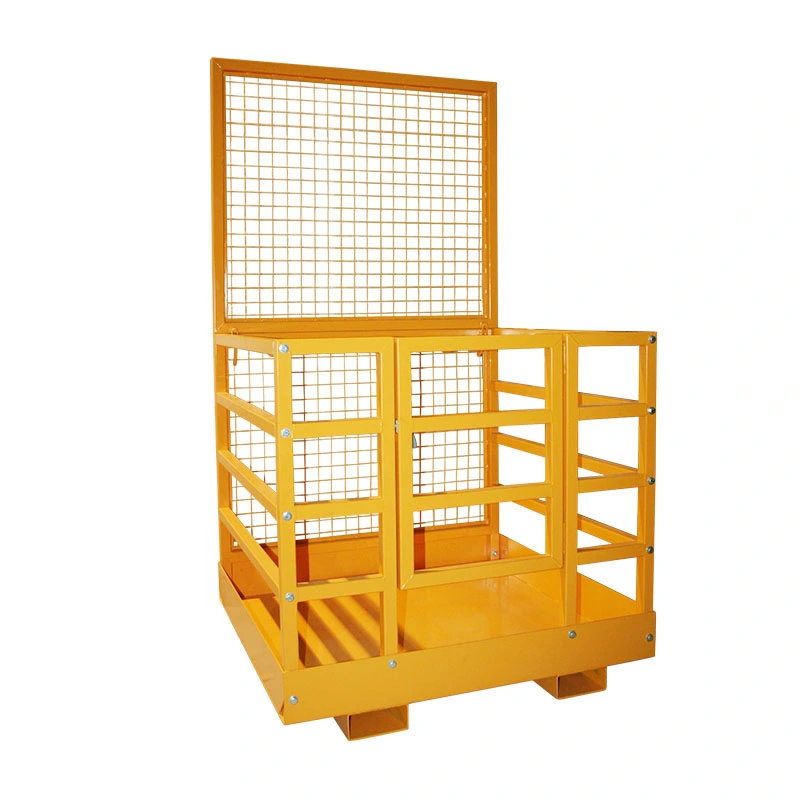
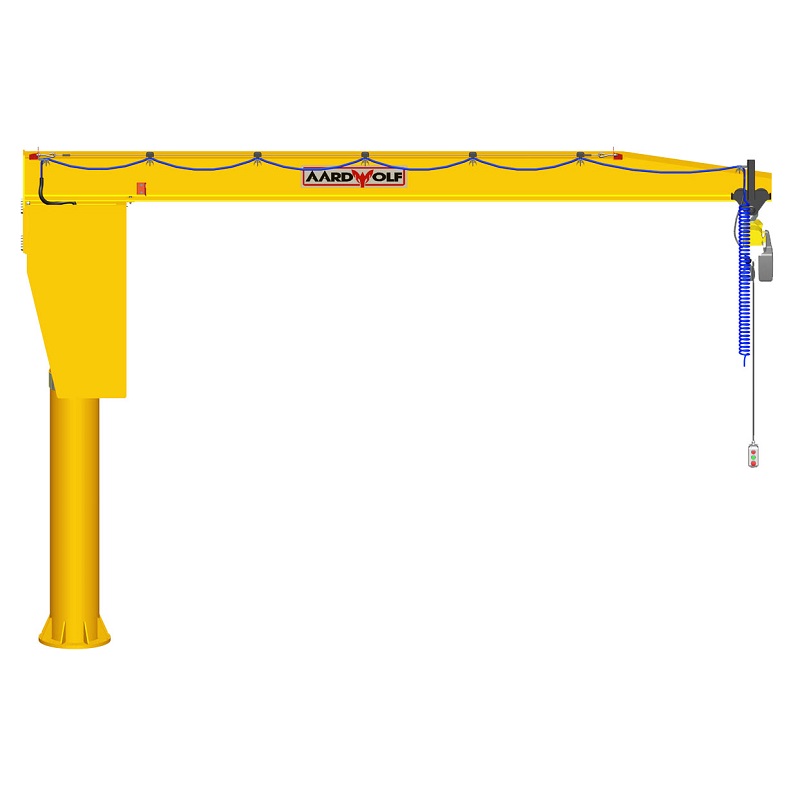


Please log in to leave a comment.